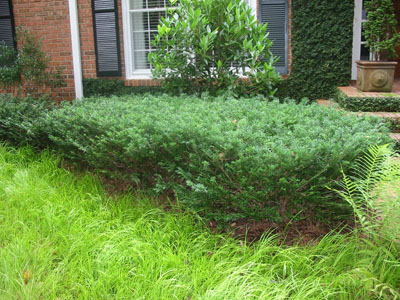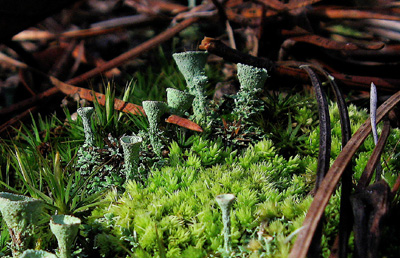Categories of Tree Damage from Storms
Ice, snow and wind storms can cause extensive damage to trees. Snow and ice add tons of extra weight to individual trees. Stems and branches break, while some trees may be completely bent over.
Storms may kill some trees, but many of those that are damaged can survive and live to a healthy old age.
Storms result in several different kinds of damage to trees, and each damage category has specific, long-term consequences to tree health.
• The first and most severe damage occurs when the main stem, or central trunk of the injured tree, splits off or is broken. Larger, mature trees are most susceptible to this damage. Strength of the remaining stem is reduced immediately. Wood decay has a high probability of developing from injuries where the bark has been removed and the wood exposed in an area greater than 50 square inches.
When secondary stems of multiple-stemmed trees are split away from the main stem, decay will almost certainly occur over time. The decay will further reduce stem strength and result in the tree becoming a potential hazard, especially when in a landscape setting.
• The second damage category is bending. This occurs to younger trees of sapling size or smaller. Bending of the main stem will result in a “set” to the stem. The recovery of the tree to an upright position will depend on the degree of the bending, and the length of time the tree remains in the bent position.
• The third, but generally least damaging category, is that of broken branches, where the break occurs at some distance away from the main stem. Broken branches do not usually threaten tree survival, unless they involve over 75 percent of the tree’s crown, or foliage area. And, although decay may eventually develop in the broken stubs and proceed into the main stem, the process is likely to take several years, and should not threaten stem strength.
An individual tree may have any combination, or all the damage types described above. Trees with multiple injuries are especially at risk to declining health from decay and insect activity.













